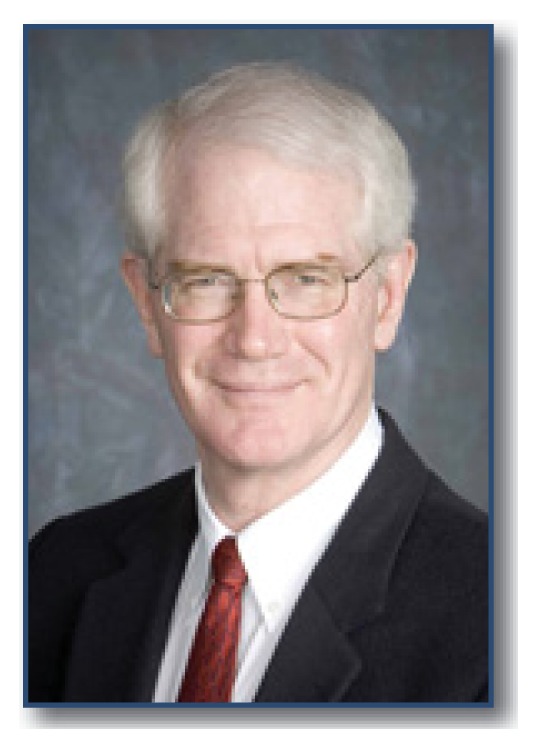The United States (U.S.) population is undergoing a demographic revolution, with evergrowing numbers of adults living to age 65 and beyond such that the proportion of older adults in our society will increase from 13% in 2010 to 20% by 2040. All-race U.S. life expectancies, also increasing, already are 81 years for women and 76 years for men. There thus not only are many more older adults, they are living longer. Longevity brings increasing risk for neurodegenerative disorders, in which nerve cells (neurons) deteriorate and die.
The exact causes of neurodegeneration remain the focus of much investigation, but as nerve cells have some of the highest metabolic rates in the human body, one possibility links the lifetime “wear and tear” on these cells to a failure to produce sufficient bioenergetics and to successfully neutralize byproducts of metabolism, such as free radicals, necessary to maintain neuronal health. Such a notion is consistent with the marked association with increasing age of the most common (and most feared) neurodegenerative disorder, Alzheimer disease (AD).
AD already is a public health menace of the highest order, as the disease costs over $200 billion a year in the U.S. to care for its victims. It is by far the most common cause of dementia and, alone among the leading causes of death, lacks any effective therapy to materially slow or halt its course or to prevent its occurrence. It is a disorder unique to humans, as the most highly developed brain cells in higher order association cortex are most vulnerable to the disease process. As synapses and neurons gradually degenerate and die, their brain functions become gradually impaired and eventually lost.
Hence, the clinical presentation of the illness is reflected in the gradual onset and inevitable progression of the clinical manifestations of the deteriorating function of higher order association cortex: impaired memory, insight, attention, reasoning, language, and personality. As the disease progresses over the typical 7–10 years from onset to death (AD is universally fatal), eventually other brain areas are affected and the individual loses the ability to control sphincters, swallow, talk, or walk. It is so feared because the affected individual gradually but steadily loses their autonomy and their very personhood, becoming ever more dependent and disabled.
Alzheimer disease currently is diagnosed based on its dementia syndrome: the gradual onset and progression of memory and other cognitive impairment, representing a decline for that individual from previously attained abilities, which is sufficient to interfere with the performance of accustomed activities. However, this diagnostic process is time-consuming and inexact; it is estimated that 50% of all individuals with AD dementia remain to be diagnosed by their physicians. Our faculty outpatient group, the Memory Diagnostic Center at Washington University Medical Center in St. Louis, is working to improve dementia diagnosis and management and to translate these improvements to our clinician colleagues throughout Missouri. In addition, our Knight Alzheimer’s Disease Research Center (ADRC) is conducting translational research to not only enhance the tools needed to accurately identify persons with AD but also to develop and evaluate mechanism-based therapies that one day may provide truly effective therapy for this disorder.
The accompanying series of articles is contributed by members of the Memory Diagnostic Center and the Knight ADRC. The article written by Erik Musiek and Suzanne Schindler is focused on a high level but very practical approach to the clinical diagnosis and management of AD dementia. The paper from Suzanne Schindler, Jonathan McConathy, Beau Ances, and Marc Diamond extends the current clinical approach to the coming era of diagnostic testing for AD using molecular imaging and fluid biomarkers, which in the very near future are expected to allow us to move from a syndromic diagnosis to one that is supported by objective test results.
Not all dementia is caused by AD. In older adults, Parkinson disease also is a leading cause of dementia. The article by Allison Willis summarizes the most modern clinical approach to Parkinson disease and its management, and points to its role as another important neurodegenerative dementing disorder. In younger adults (e.g., <60 years), frontotemporal dementia (FTD) is equal to AD as a cause of dementia. The paper by Nupur Ghoshal and Nigel Cairns reviews this fascinating and informative group of disorders and illustrates how specific clinical disease phenotypes reflect the specific brain regions involved. Taha Bali and Timothy Miller link the FTD disorders to the spectrum of neurodegenerative motor neuron diseases (e.g., amyotrophic lateral sclerosis) and discuss a new genetic basis for this linkage. Finally, the previously under-recognized conditions that are characterized by rapidly progressive dementia (in contrast to the gradual onset and progression of neurodegenerative dementias) are reviewed by Robert Bucelli and Beau Ances as more state-of-the-art diagnostic tools are available for their recognition. The importance of this group of disorders is that some are responsive to selected therapies and thus the dementia potentially is reversible.
We provide these articles in hope that they will benefit the readers of Missouri Medicine with a better appreciation of the neurodegenerative dementing disorders and related diseases. Better recognition ultimately will translate to better management, and better management will lead to better understanding of the responsible etiologies. In this way, we hope together to develop the clinical infrastructure that will result in truly effective treatments for these devastating diseases.
Acknowledgments
This series of articles would not have been accomplished without the organizational and editorial efforts of Krista Moulder, PhD, who expertly oversaw the entire conceptual and writing process. Linda Krueger provided excellent editorial assistance. Dr. Morris, Dr. Moulder, and Ms. Krueger are supported by National Institute on Aging grants P50AG05681, P01AG03991, P01AG026276, and U19AG032438.
Biography
John C. Morris, MD, MSMA member since 2007, is the Friedman Distinguished Professor of Neurology and the Director of the Knight Alzheimer’s Disease Research Center at the Washington University School of Medicine in St. Louis.
Contact: morrisj@abraxas.wustl.edu



